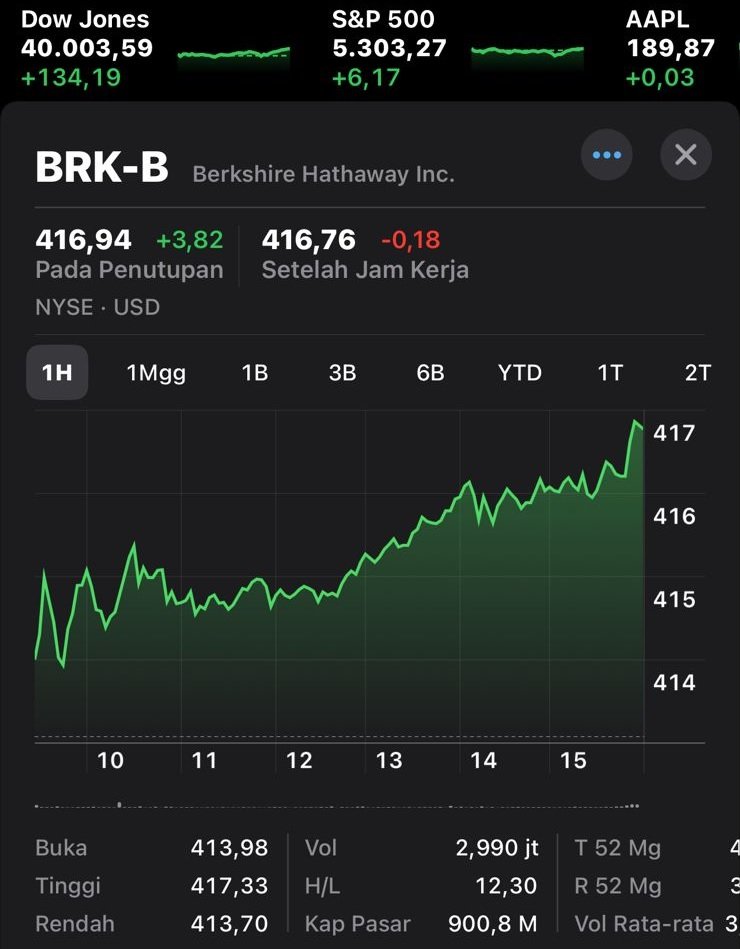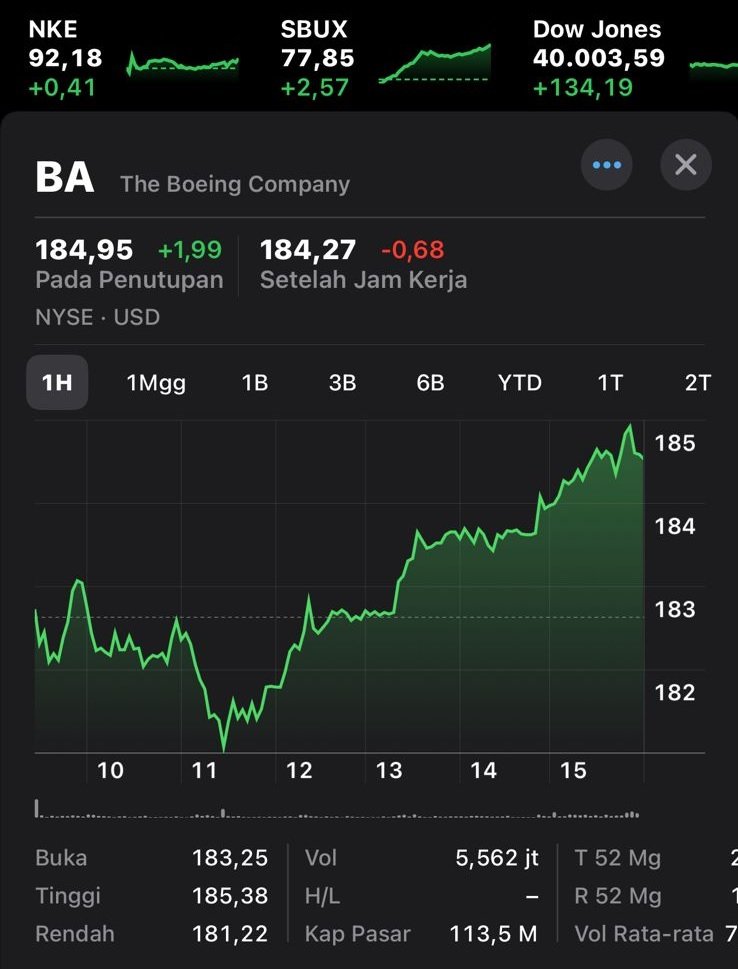Quantitative easing (QE) is a monetary policy carried out by a country’s central bank to stimulate economic growth and overcome deflation or recession. QE involves large-scale purchases of financial assets, such as government bonds and other securities, by central banks with the aim of increasing liquidity in financial markets and encouraging economic activity.
Common steps associated with quantitative easing are usually First the central bank purchases financial assets, especially government bonds, from the open market. These purchases are made by creating new money and adding liquidity to the financial markets. Asset purchases by central banks result in an injection of liquidity into the financial system. As the supply of money in circulation increases, commercial banks and other financial institutions have more funds available to make loans to individuals and businesses.
QE is often combined with interest rate cuts by central banks. The aim of lowering interest rates is to stimulate borrowing and investment, encourage consumer spending, and help stimulate economic growth. Through asset purchases and lowering interest rates, QE aims to stimulate higher economic activity. This could include greater corporate investment, housing sector growth, higher consumption, and increased aggregate demand. and QE is used by central banks when interest rates are near zero (low interest rate policy) and conventional monetary policy is no longer effective in stimulating economic growth. In a deflationary or recessionary situation, QE aims to encourage inflation and support economic recovery.
The effects and effectiveness of QE may vary depending on a country’s economic and financial market conditions. Some possible effects of quantitative easing are lower interest rates, appreciation of financial assets (such as stocks and bonds), increased prices of goods and services (inflation), and potential economic growth.
However, QE also has risks, such as the potential for the emergence of asset bubbles and the risk of uncontrolled inflation if not controlled properly. Therefore, the implementation of quantitative easing must be carried out carefully and taking into account the side effects and long-term impact on the economy.
How a central bank determines the amount of assets to purchase in quantitative easing
The central bank determines the amount of assets to purchase in quantitative easing based on an evaluation of the monetary policy being implemented and the economic goals to be achieved. First of all, the central bank will consider the monetary policy objectives to be achieved through QE. Such goals may include increasing liquidity in financial markets, stimulating economic growth, lowering interest rates, or overcoming deflation or recession. Then the central bank will analyze overall economic conditions, including economic growth, inflation rate, unemployment rate and financial stability. This evaluation will help the central bank determine how much stimulus is needed through asset purchases in QE.
If a central bank has a set inflation target, they will consider the current inflation rate and the distance between the actual inflation rate and the desired target. If inflation is too low or far below the target, the central bank may expand the QE program to push inflation towards the desired target. Then the central bank will monitor the state of the financial markets, including liquidity, interest rates and asset price movements. If there is a liquidity imbalance or instability in financial markets, the central bank can increase asset purchases in QE to address the problem. Lastly, central bank QE policies can also be influenced by a country’s fiscal conditions. If accommodative fiscal policy is inadequate or limited, the central bank may expand the QE program to provide additional economic stimulus.
Basically, central banks use data analysis and policy considerations to determine the amount of assets to purchase in QE. The amount can be adjusted during the implementation of the QE program based on an evaluation of its impact on economic conditions and financial markets.
The difference between quantitative easing and low interest rate policy
In terms of Operational Mechanism, QE involves large-scale purchases of financial assets by central banks, such as government bonds and other securities, to increase liquidity in financial markets. The central bank creates new money to make these purchases. Meanwhile, the low interest rate policy involves lowering the interest rates charged by the central bank on loans to commercial banks and other financial institutions. The aim is to encourage lending and investment by making borrowing costs cheaper.
In terms of Main Focus, QE aims to increase financial market liquidity and encourage economic activity by influencing the prices of financial assets, such as bonds and shares. This can also help overcome deflation or recession. Meanwhile, the low interest rate policy aims to stimulate loans and investment by reducing borrowing costs. This can affect consumer spending, corporate investment, and the housing sector.
Effects on Financial Markets, QE can lead to price appreciation of financial assets, such as stocks and bonds, due to increased liquidity and higher demand. This can create the risk of an asset bubble. Meanwhile, low interest rate policies tend to push bond prices up and interest rates down, as commercial banks and financial institutions shift their funds to riskier assets in search of higher returns.
In terms of inflation objectives, QE can help encourage inflation when the inflation rate is low or far below the central bank’s target. By increasing liquidity and demand, QE can stimulate price growth and encourage inflation. Meanwhile, the low interest rate policy aims to stimulate economic activity without overly affecting inflation. By lowering borrowing costs, these policies can encourage borrowing and spending without directly affecting aggregate demand and prices.
In terms of Impact on the Banking Sector, QE can provide liquidity support to commercial banks and help reduce credit risk. However, in some cases, QE can also create risk imbalances in the financial system. Meanwhile, low interest rate policies can have a negative impact on bank profit margins, because low interest rates can narrow the difference between loan interest rates and deposit interest rates.













